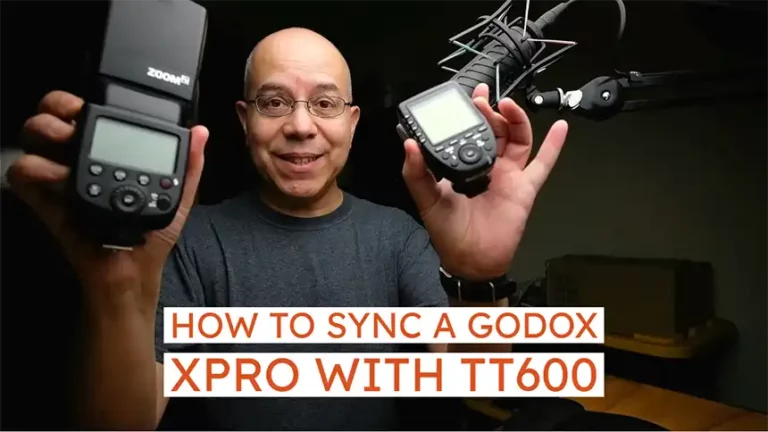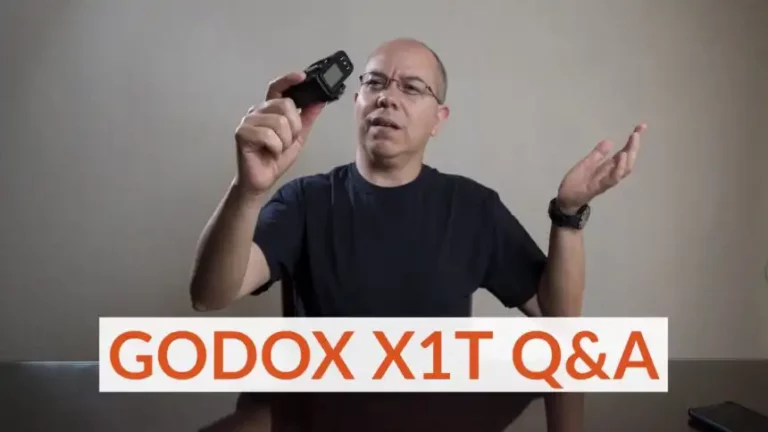Photograph the Moon! (Whether It’s Super or Not)
This year I’ve read or heard about the supermoon more than any other year and, more importantly, I’ve heard more about people trying to take a photograph of the moon. That’s why I’m going to teach you how you can photograph the moon.
If you have tried this before using automatic or semi-automatic settings, you probably came up with something like this.

It probably was not what you wanted, right? You want to see texture, shades, the craters so, what can you do?
The Theory
First of all, you need to remember two things:
- Your camera has an exposure meter that wants to obtain a gray image on average.
- The moon is not a source of light, but a lit subject. The light we see on the moon comes from the sun.
Remembering the first point you can understand why a camera with automatic settings comes up with a blindingly bright dot on a dark background: The camera “sees” a mostly dark image so it over-exposes the image, and it does it so much that the moon is completely blown out, without any texture.
The second point helps you understand that, if you use day-time settings, you’ll get a nicely exposed image of the moon, with texture and craters.
Reference
A few weeks ago, while on a photowalk, we were talking about many different kinds of photography and somebody asked about photographing the moon. I explained that you should use the same settings we were using at the moment, so I photographed the scene just across the street, which included some grass, a stone wall and it was sunlit.

Photographing the Moon
I then said I would use the same settings used on that scene to shoot the moon as soon as we had a full moon, so I did.

What’s different between these two images? Three things: the camera, the lens and the cropping.
For the first image, I used a Canon 5D Mk III, with an EF 17-40mm f/4L lens and I’m not cropping the image. For the second image I used a Canon EOS M3, with an EF 70-200 f/4L lens (the longest lens I have) and I cropped the image so the moon fills more of the frame.
Other than that, the settings are exactly the same: ISO 100, f/8 and 1/125 sec.
Summary
Are these the only settings we could use to shoot the moon? Of course not! The brightness of the moon changes over time, so these only work with a full moon that’s high on the horizon. If it’s low on the horizon (rising or setting), or if it’s not close to being full it may seem dimmer so you’ll need either a higher ISO, or a wider aperture or longer exposure times. However, these work as a good starting point.
Does this mean you need an SLR to shoot the moon? Nope. If you use a bridge camera and it has a 50x or larger zoom, you can do a great job photographing the moon! Those powerful zoom lenses allow you to fill more of the frame with the moon. You can also trust the light metering of the camera, as I did with a Panasonic DMC-FZ18 some years ago.
Do these settings work for a super moon? Yes, any full moon should look good with these settings.
If you’re interested in the Canon EF 70-200mm f/4L IS USM lens, you can buy it from Adorama, or Amazon.
I really hope you found this post interesting, informative but also entertaining. If that is the case, please leave a comment below and share this post with your friends! But most of all, please remember to Stay Safe, Keep Learning and Keep Creating.
DISCLAIMER: Links included in this post might be affiliate links. If you purchase a product or service with the links that I provide I may receive a small commission at no additional charge to you. Thank you for supporting this blog so I can continue to provide you with free content every week!






